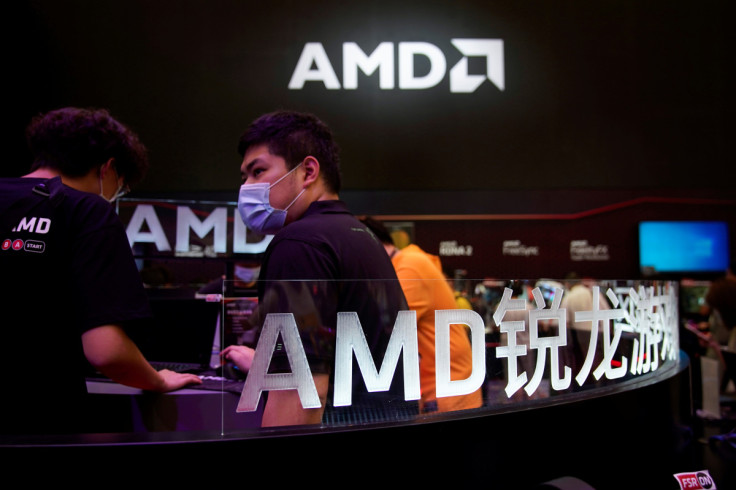AMD slowly catching up to Nvidia in GPU sales
Thanks to its highly scalable GPU architectures, AMD GPUs are now powering a wide range of devices from consoles to PCs to mobiles.

With its GeForce RTX graphics cards and older GTX models, Nvidia has cemented its position as the top GPU manufacturer for gaming PCs in terms of market share. Meanwhile, rival AMD's market share has declined over the last 4 to 5 years after abandoning the high-end enthusiast market and shifting its focus to the RDNA family.
However, AMD's decision to focus now appears to be starting to bear fruit. Thanks to its highly scalable GPU architectures, AMD GPUs are now powering a wide range of devices, from consoles to PCs to mobiles, according to HardwareTimes.com.
AMD's improving sales performance is clearly shown in both companies' fourth-quarter earnings results. Gaming is AMD's biggest revenue stream, which generated net sales of $1.64 billion in the most recent quarter. This figure is down 7% year over year, while operating income fell to just $266 million, a 35% year-over-year decrease.
On the other hand, Nvidia's gaming revenue stood at $1.83 billion for the last quarter of 2022. "Fourth-quarter revenue was $1.83 billion, down 46% from a year ago and up 16% from the previous quarter. Fiscal-year revenue was down 27% to $9.07 billion," Nvidia wrote.
The company expects the gaming market to recover, which could positively impact future sales. "Gaming is recovering from the post-pandemic downturn, with gamers enthusiastically embracing the new Ada architecture GPUs with AI neural rendering," Nvidia CEO Jensen Huang said.
While Nvidia is still higher in terms of gaming revenue, its lead over AMD is only around $190 million. "It's worth noting that NVIDIA's Gaming revenue primarily includes GeForce sales and the Nintendo Switch SoC, with a little bit from the GeForce NOW streaming service," Hardware Times pointed out.
In contrast, AMD's revenue comes from the sale of consoles (including current- and future-generation Xbox and PlayStation models), Steam Deck sales, Galaxy "Exynos 2200" smartphones, and of course, Radeon discrete GPUs. However, unlike high-end dGPUs, most of these units have relatively low-profit margins, which accounts for the low operational income.
© Copyright IBTimes 2025. All rights reserved.





















